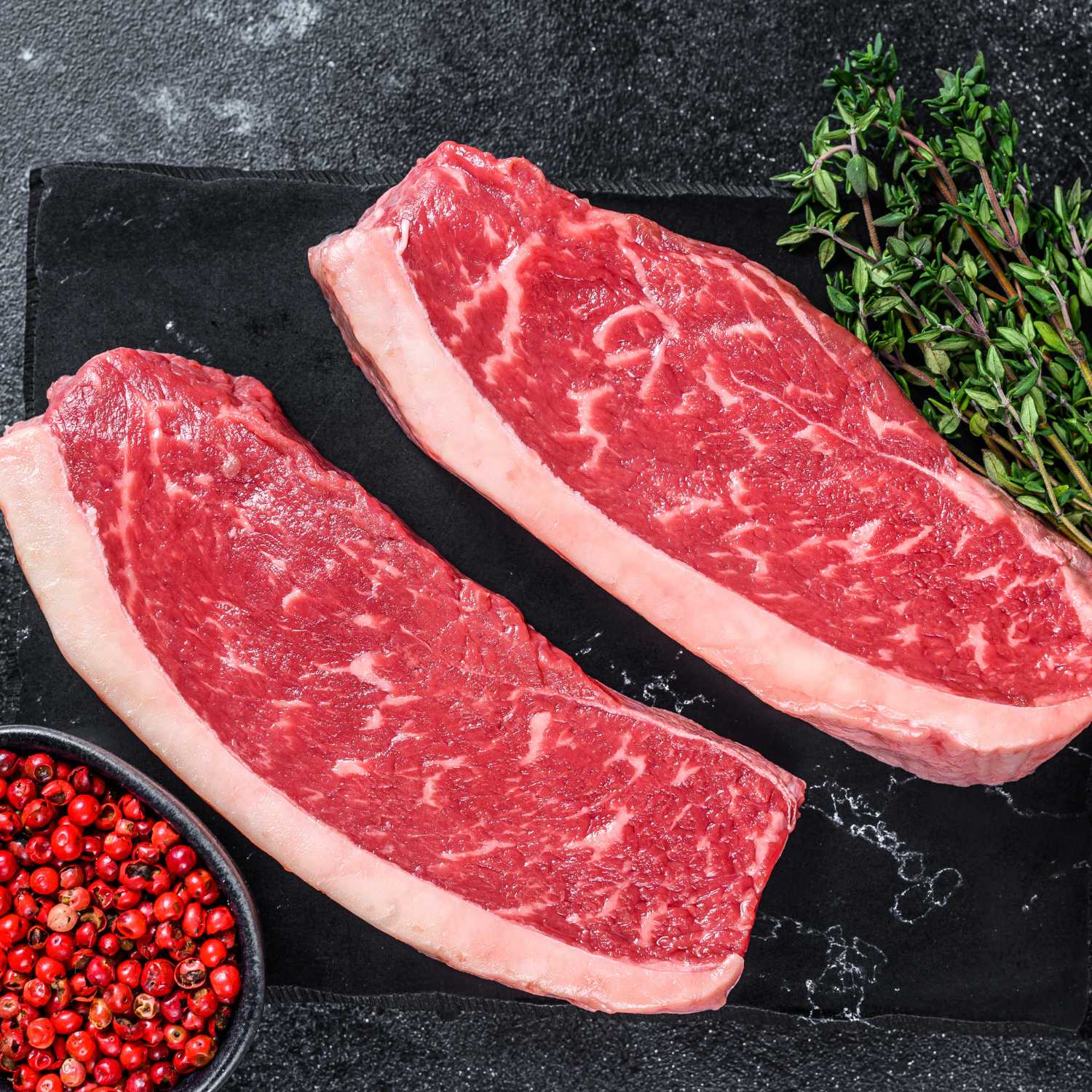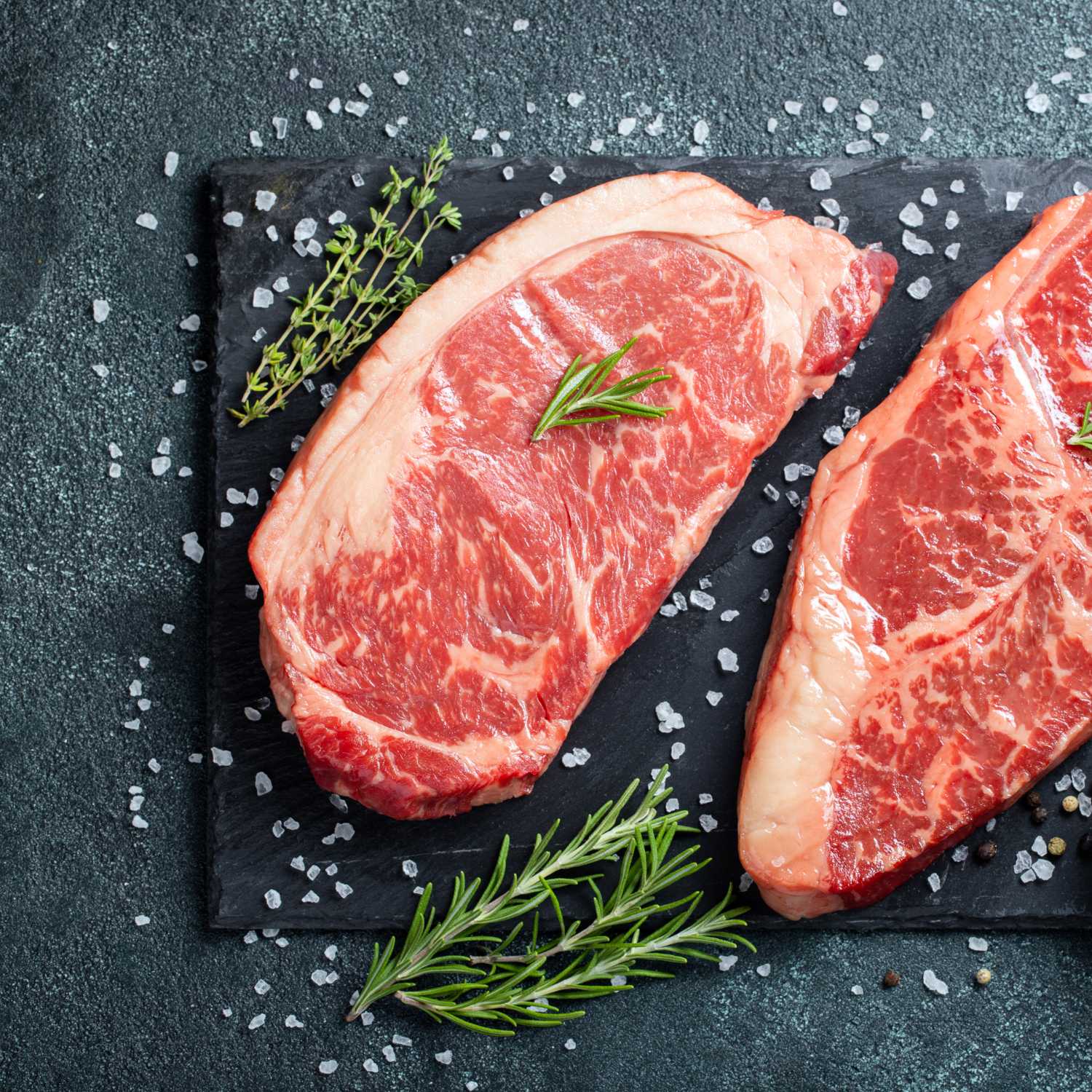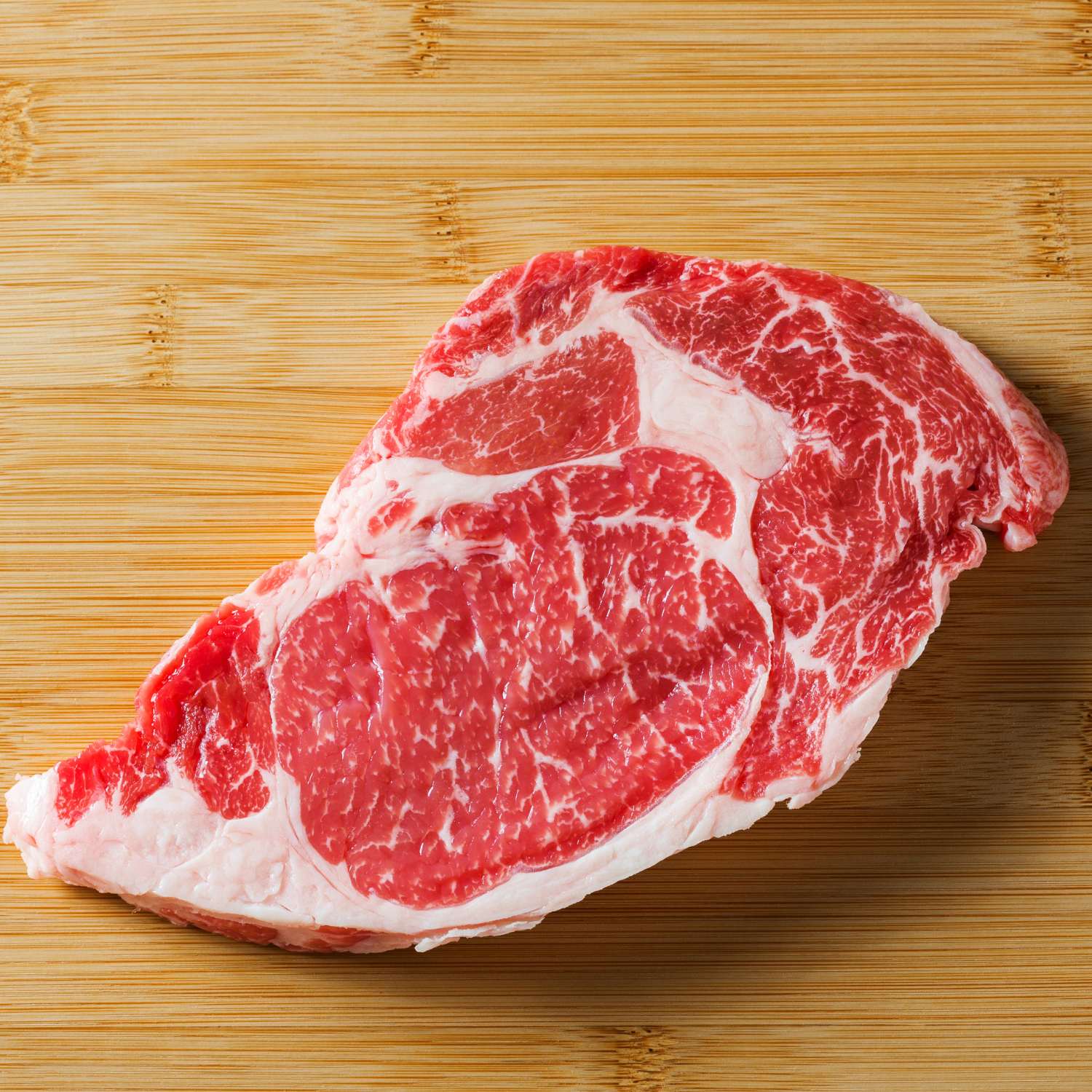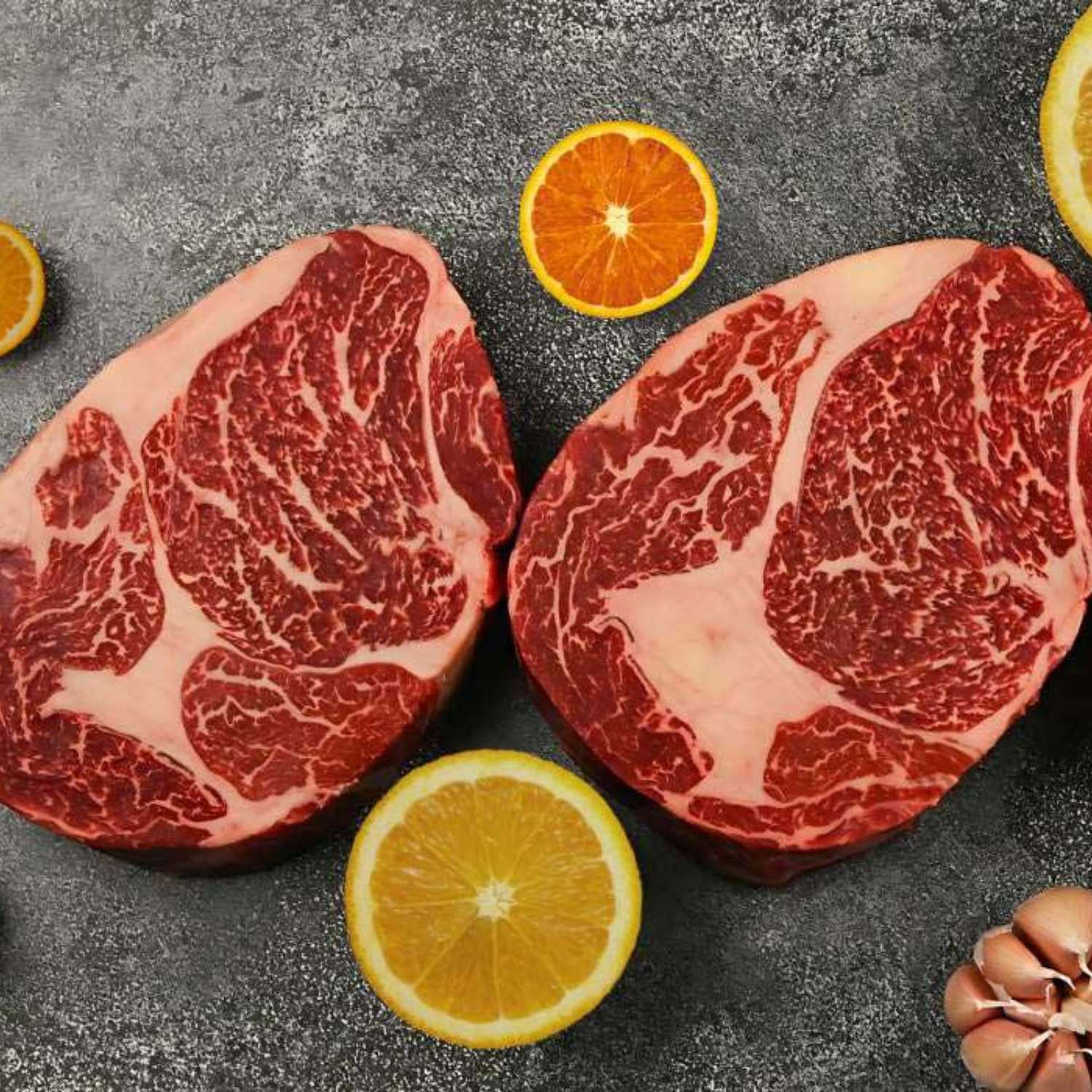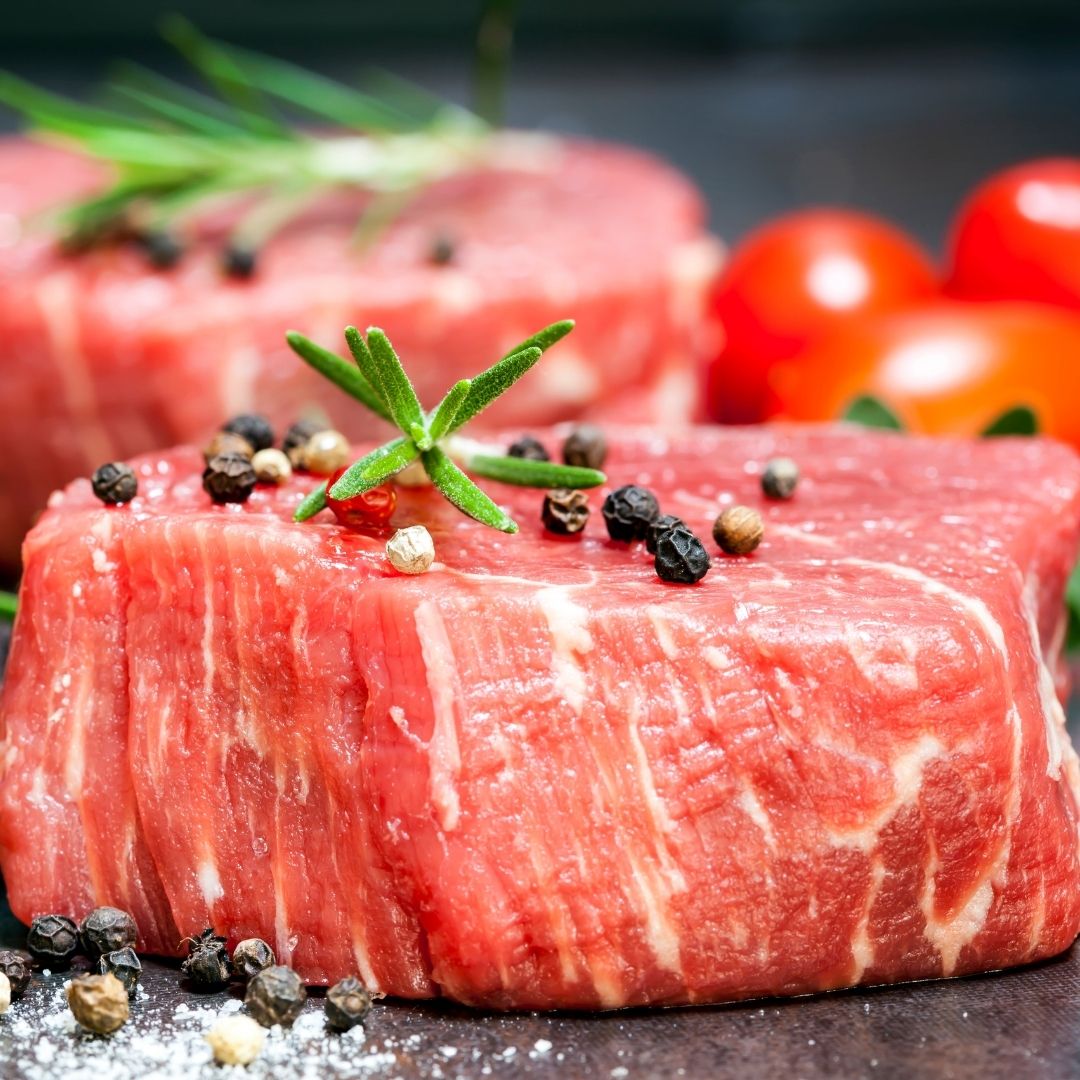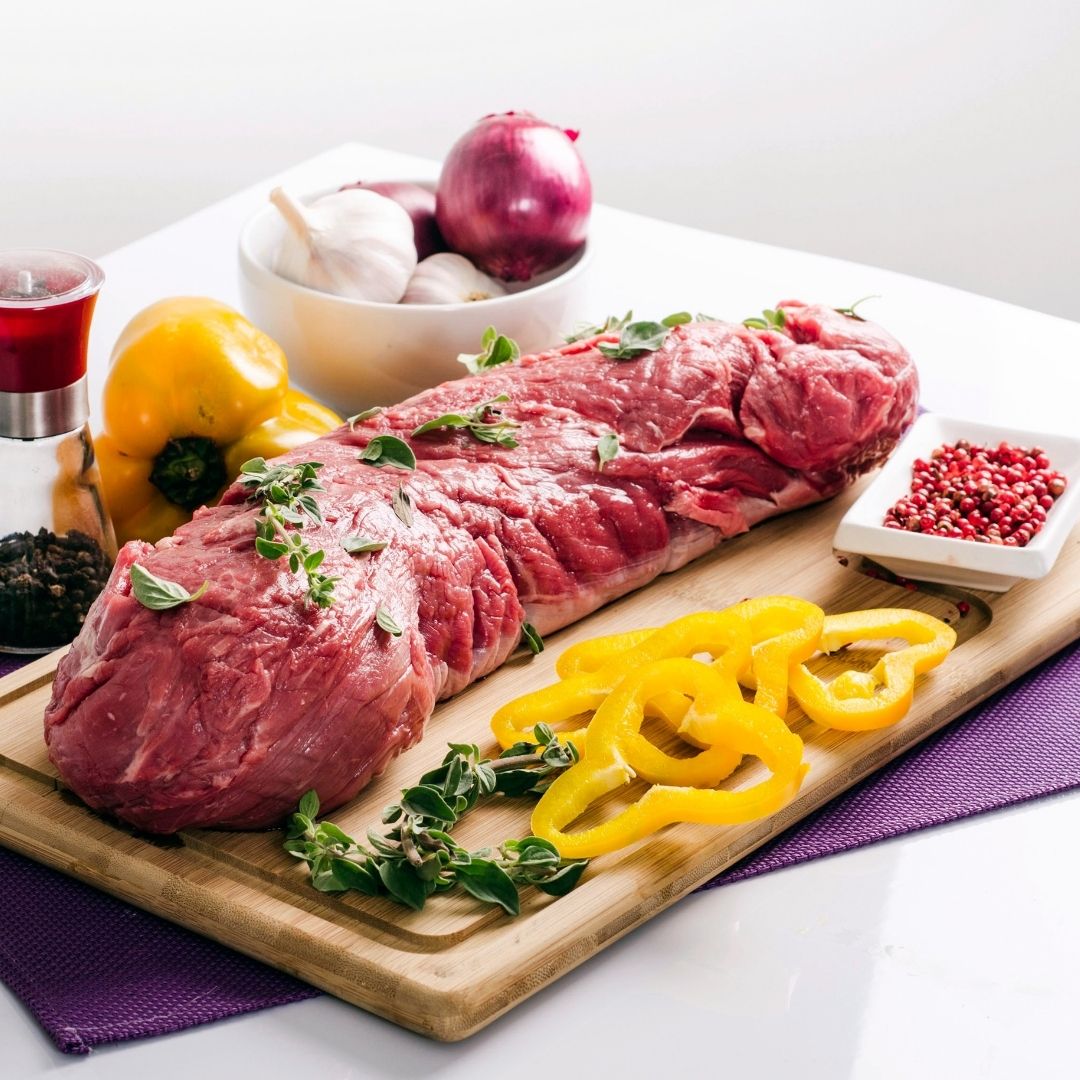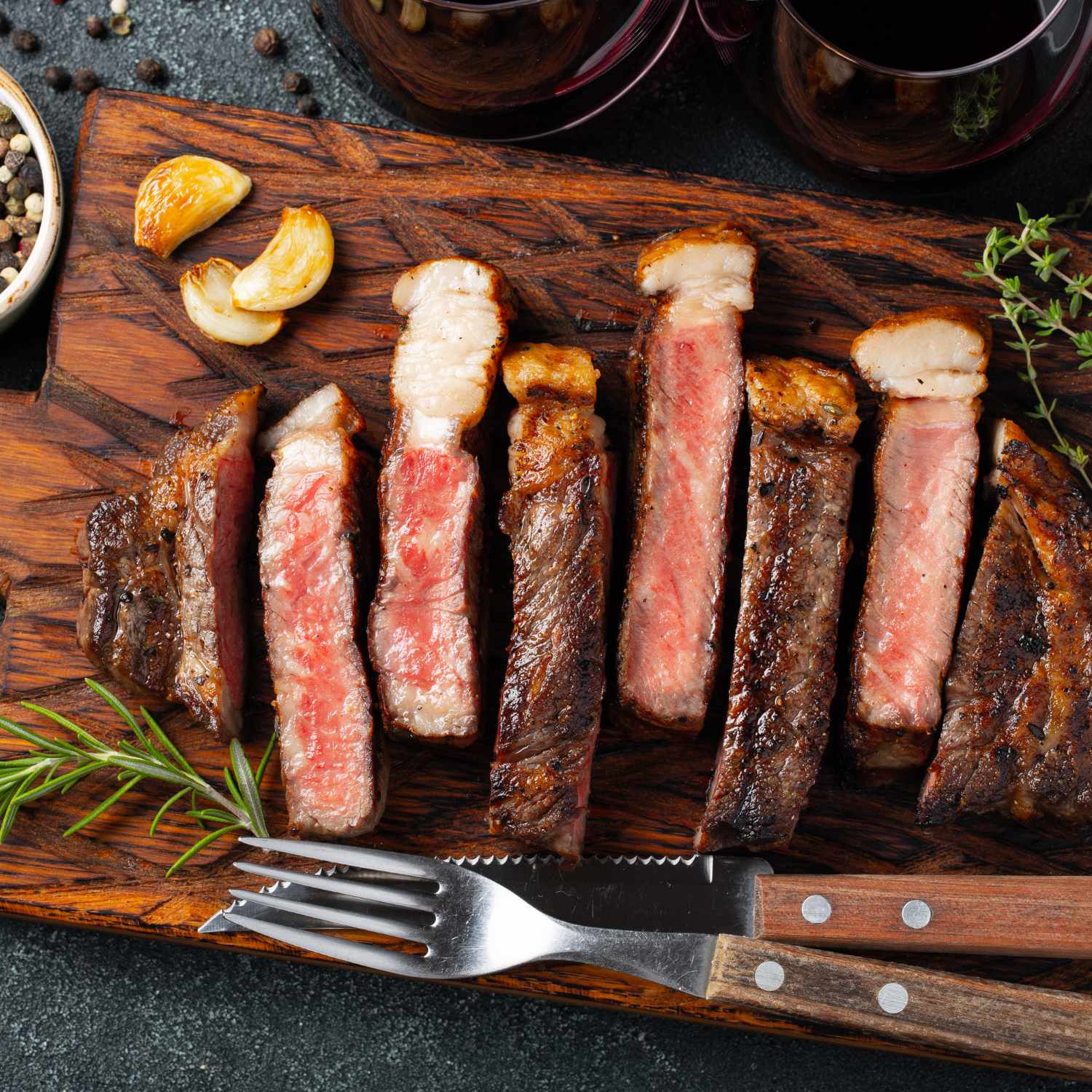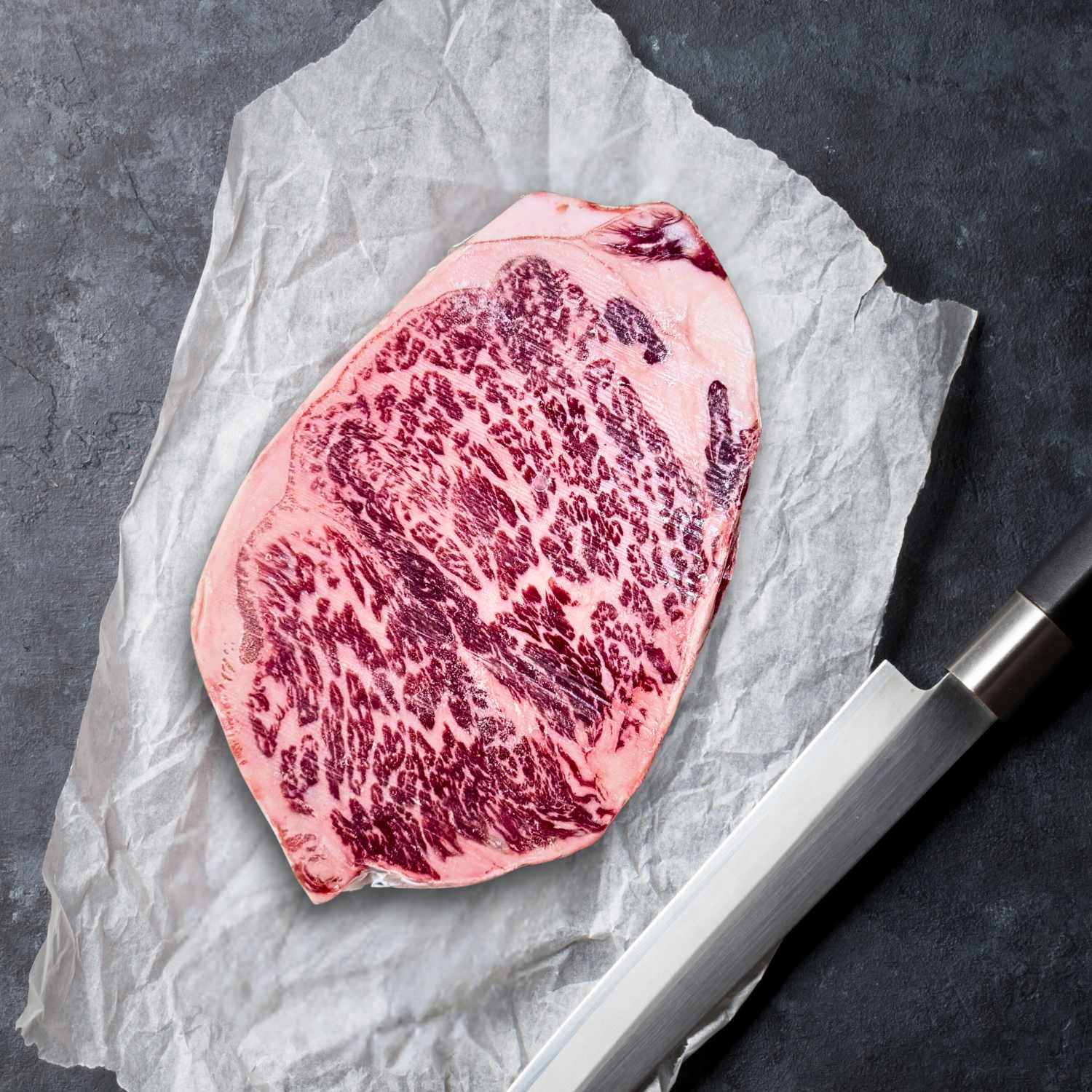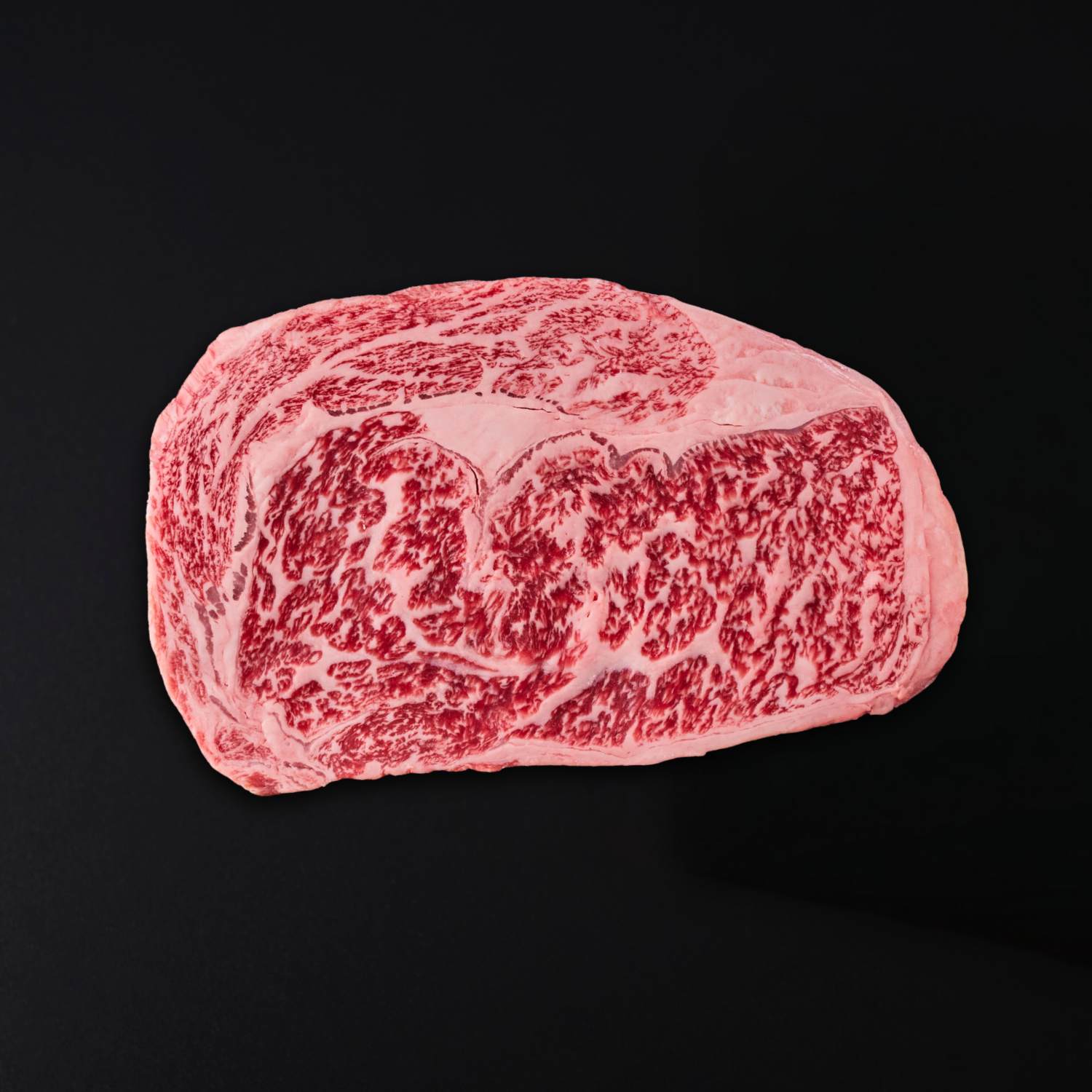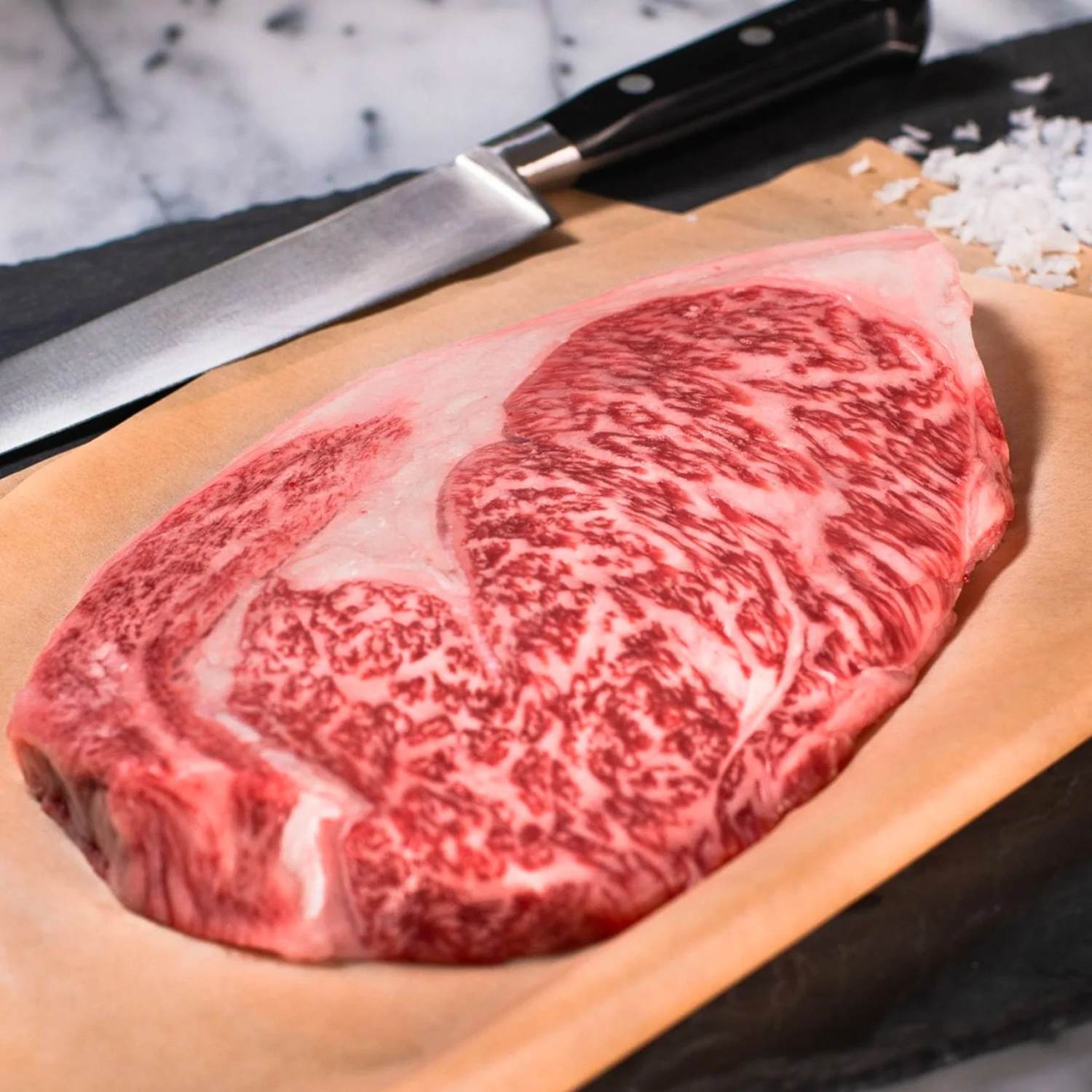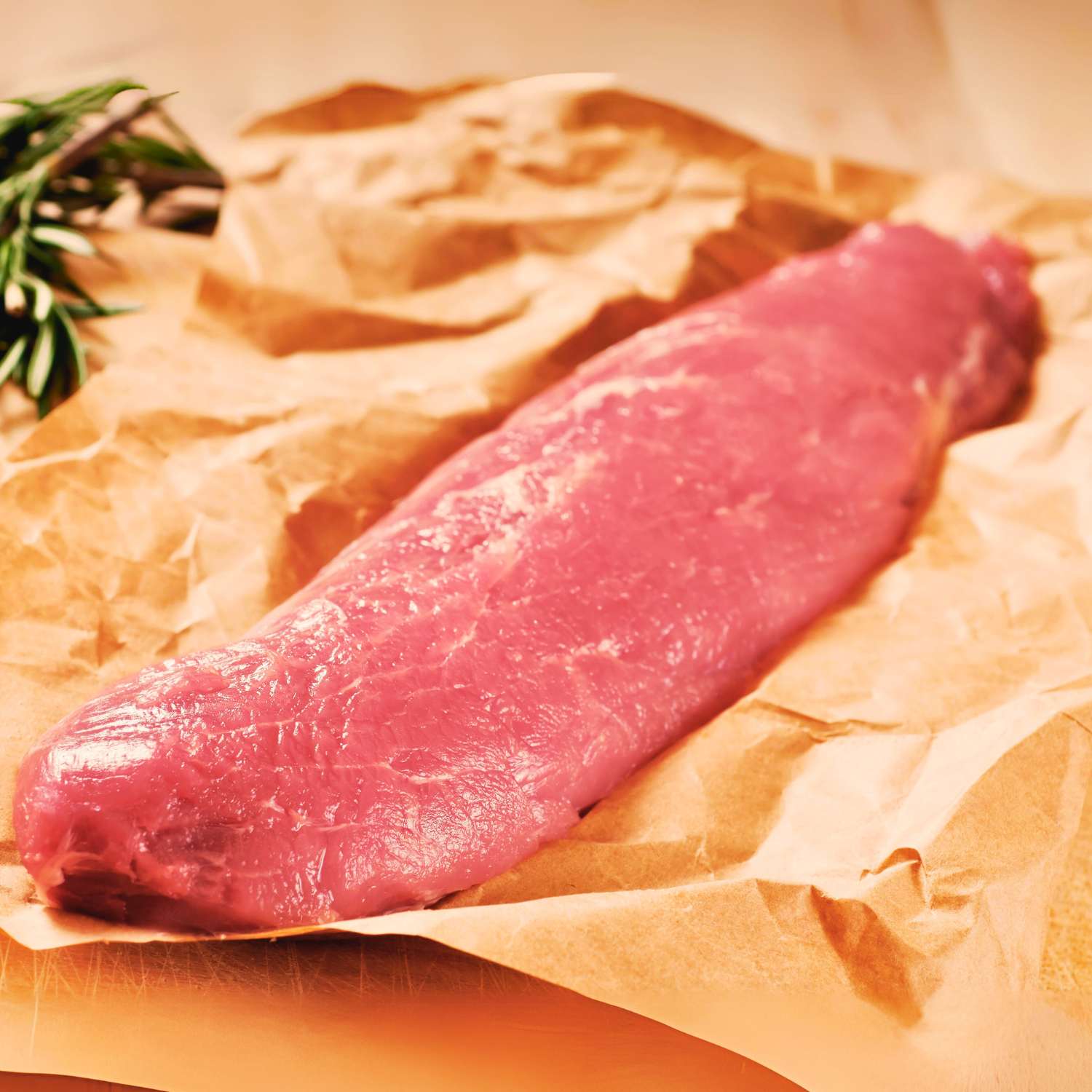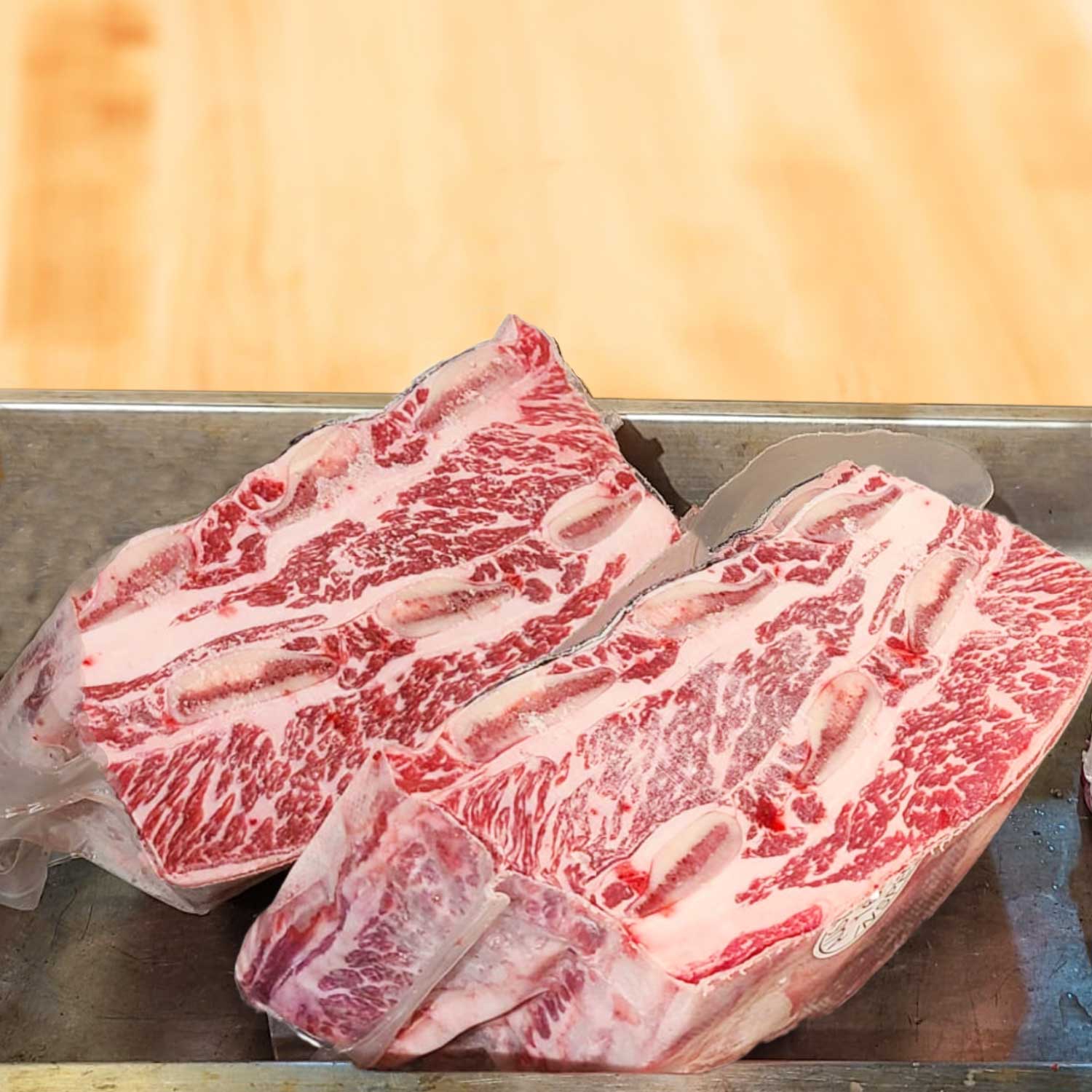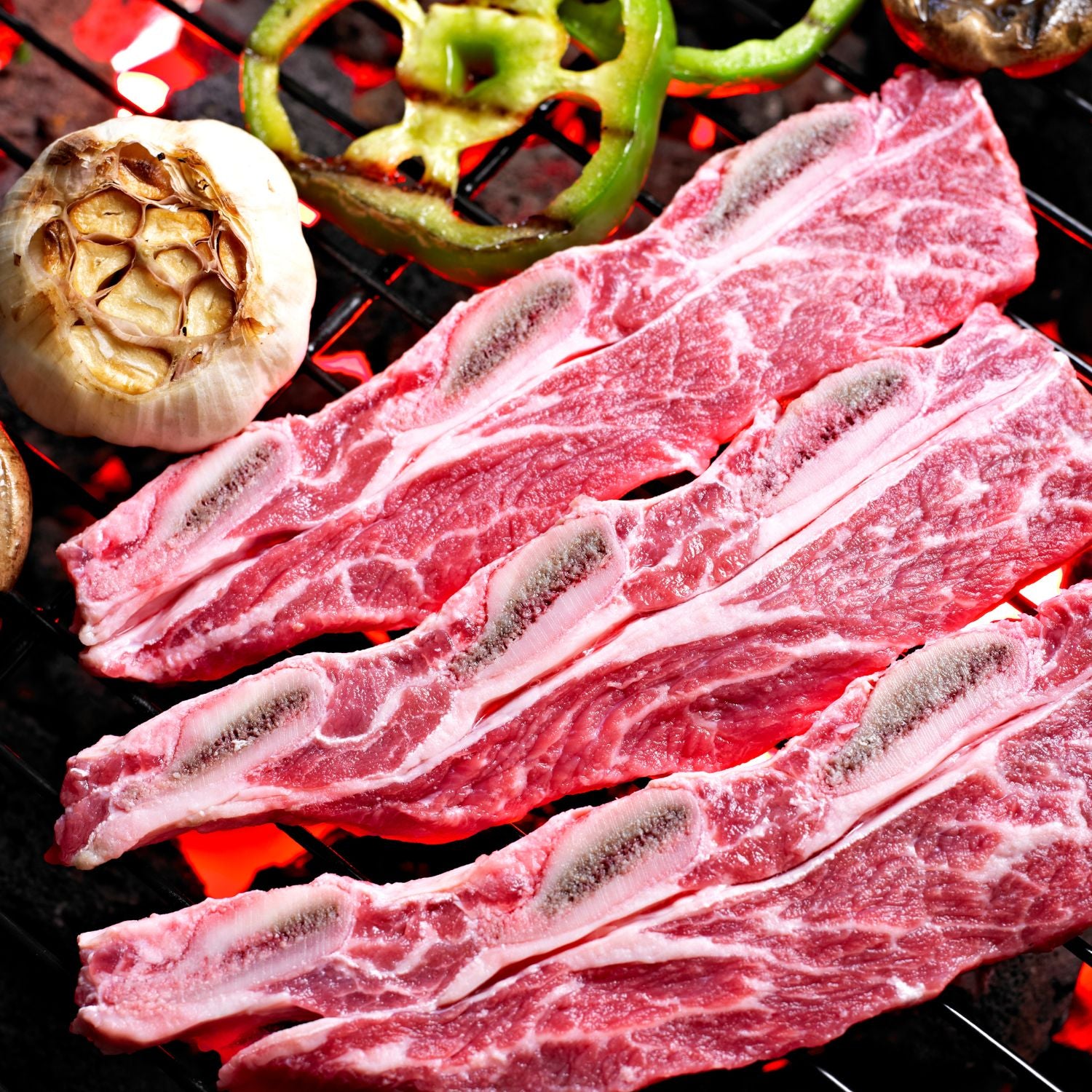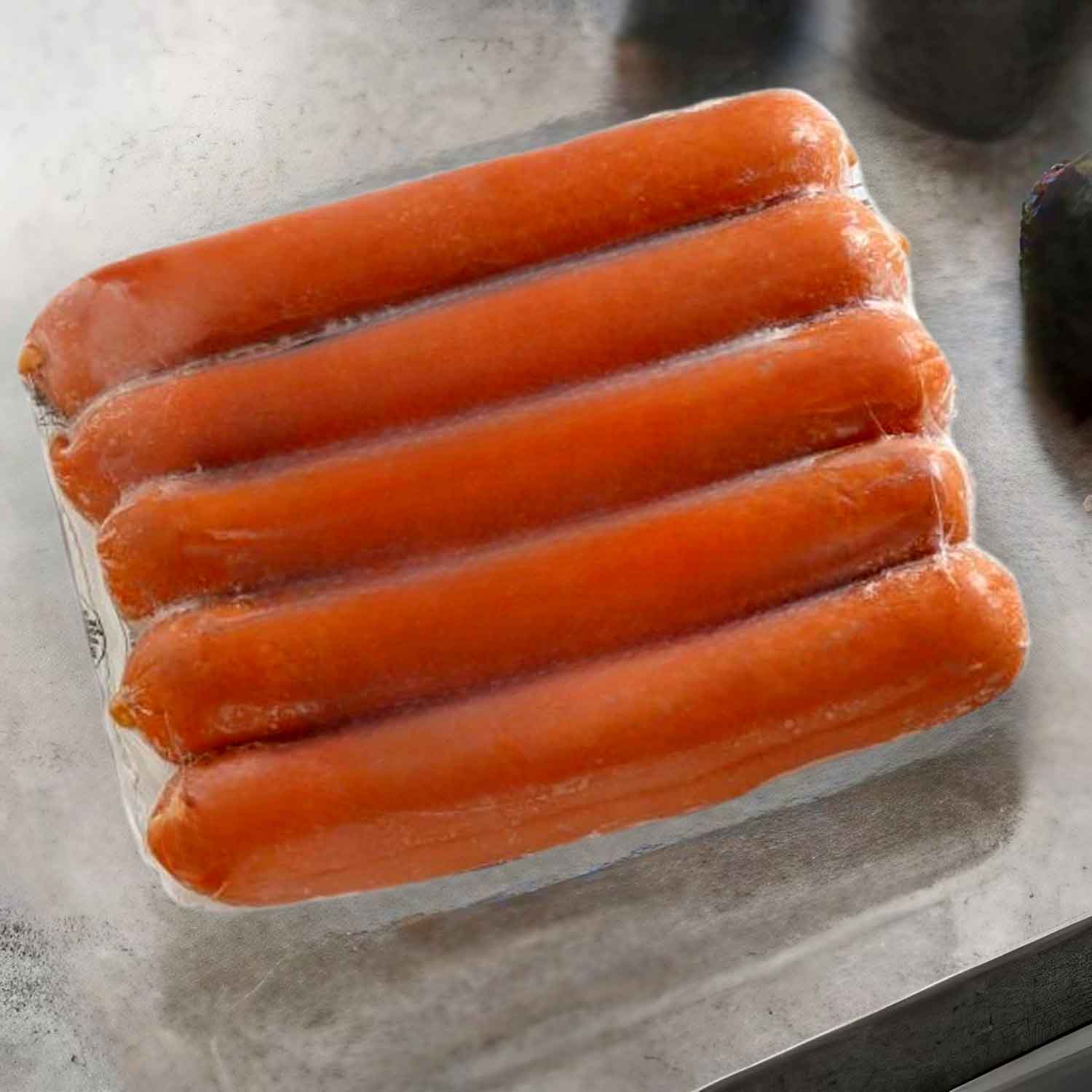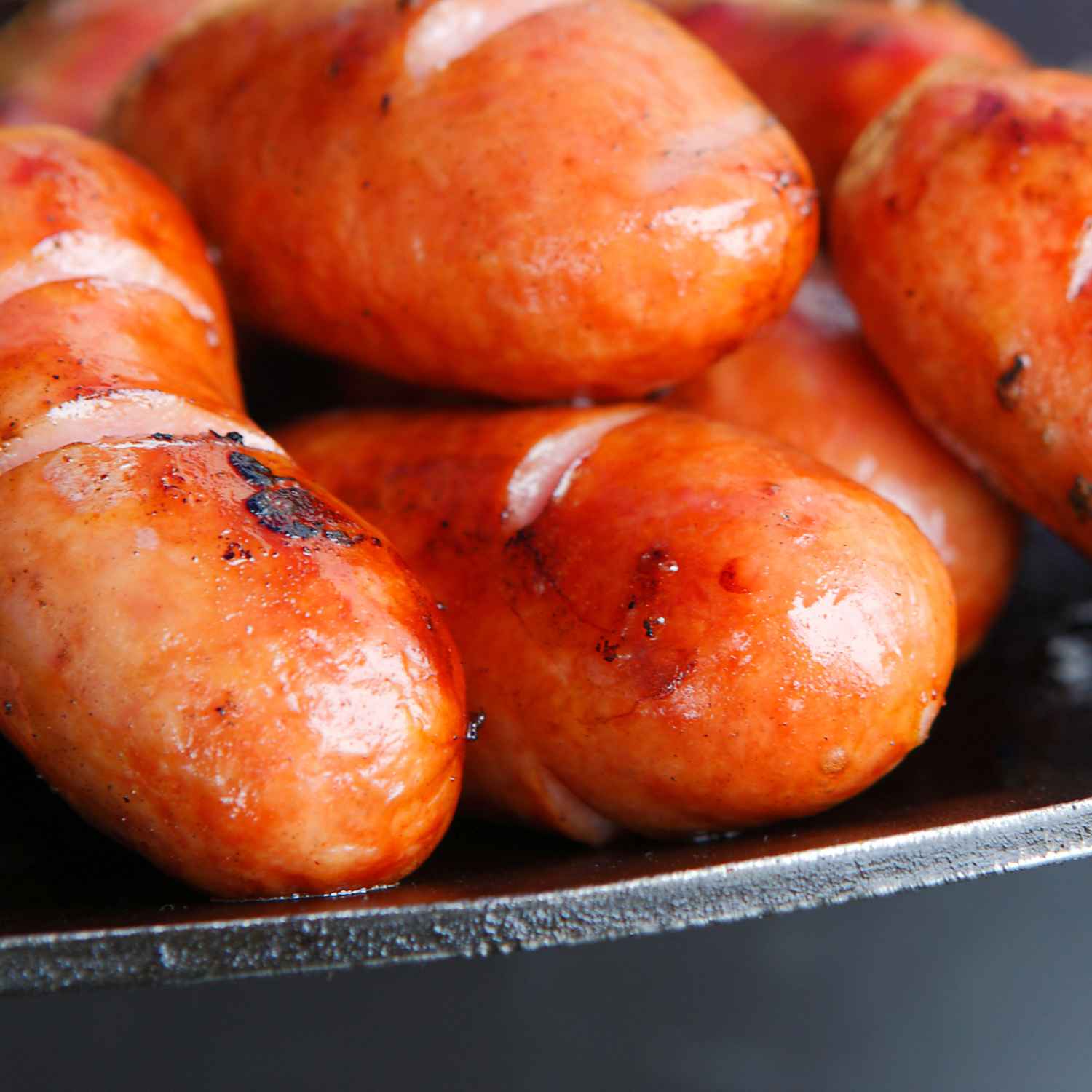Understanding Hong Kong's Grass Fed Ribeye Steak: An Introduction
What Makes Hong Kong's Grass Fed Beef Unique?
Hong Kong's grass fed ribeye steak stands apart for several reasons. First, the cattle are raised on expansive, lush pastures in the Hong Kong countryside. This natural diet of grass enhances the flavor of the beef, giving it a distinct taste that grain-fed beef lacks. The cattle also roam freely which contributes to the development of leaner muscles and hence, leaner cuts of meat. This natural way of farming aligns with the growing demand for sustainable and humane livestock practices. Furthermore, due to the local climate and grass varieties, the texture and marbling of Hong Kong's ribeye are unique, making it a premium choice for steak lovers.

The Nutritional Benefits of Grass Fed Ribeye Steak
Grass-fed ribeye steak from Hong Kong is a smart, healthy choice. It has less fat, which is good for the heart. It also has more omega-3 and vitamins like A and E. These nutrients help fight disease. Eating this steak can also give your body more CLA. This can lead to less body fat and stronger muscles. Compared to grain-fed beef, this meat is a better pick for health-watchers. Enjoy its benefits in your next meal!
The Art of Perfectly Cooking Ribeye Steak
Selecting the Best Ribeye Steak
Picking the right ribeye steak is key. Look for good marbling. It adds flavor and tenderness. Choose steaks with bright red color and firm texture. The thickness matters. Go for steaks about 1.5 inches thick. They cook evenly. Ensure the cut is from grass-fed beef. It's higher in quality. A uniform shape helps in cooking it just right. Now, you are set to cook a delicious ribeye steak.
Step-by-Step Guide to Pan-Searing Ribeye Steaks
To pan-sear a ribeye to perfection, you should follow these steps:
- Let the steak reach room temperature.
- Season both sides well with salt and pepper.
- Heat a heavy skillet over high heat until very hot.
- Add oil with a high smoke point, like grapeseed or canola.
- Place the steak in the skillet and cook without moving for a few minutes.
- Flip the steak using tongs and sear the other side.
- Use a meat thermometer to check for your desired doneness.
- Rest the steak on a warm plate for several minutes before slicing.
These steps lead to a beautifully seared ribeye with a tasty crust and a juicy center.
Tips for Balancing Doneness and Tenderness
Perfectly cooking a ribeye steak is about balance. Here are tips for doneness and tenderness. First, know your preferred level of doneness. Use a meat thermometer to check. Take your steak off the heat a few degrees before the target temperature. Let it rest. This lets the juices redistribute. Also, consider the steak's thickness. Thicker cuts need more cooking time. They also need lower heat to cook evenly. Preheat your pan or grill. This will give a good sear. Don't flip the steak too often. One flip is usually enough. Lastly, let your steak rest for several minutes before cutting. This keeps it juicy and tender.
Elevating Your Steak Game: Advanced Techniques and Recipes
Innovative Recipes for Ribeye Steak Enthusiasts
Ribeye steak is a favorite for many in Hong Kong. Yet, it can be more exciting with new recipes. Here are some fresh ideas for ribeye lovers:
- Black Bean Ribeye: A fusion dish that combines tender ribeye with the rich flavor of fermented black beans.
- Five-Spice Ribeye: Spice up your steak with a rub of the classic Chinese five-spice powder.
- Sweet and Sour Ribeye Bites: Small pieces of ribeye in a tangy sauce.
- Tea-Smoked Ribeye: Infuse your steak with a subtle aroma of tea by using a smoking technique.
Try these ideas to make your next ribeye meal a standout.
The Role of Wine and Dessert in a Complete Dinner Experience
The correct wine increases the steak's flavor. It can add either a bold or delicate touch. When choosing wine, consider the steak's seasoning and your flavor preference. For dessert, aim for a less sugary option. This balances the savory steak and enhances the meal end. A cheese platter or fruit can be a perfect choice. They offer a fresh contrast to the rich ribeye. Remember, the goal is to complement, not overwhelm your taste buds.
Meat Pairing: Hong Kong's Ribeye Steak and Local Wines
Pairing wine with ribeye steak enhances the dining experience. For Hong Kong's ribeye, try local wines. Choose a bottle with robust flavors to match the steak's richness. Hong Kong wineries offer a range of options that can complement the grass-fed beef's unique taste. A good rule is to match the wine's intensity with that of the steak. Full-bodied reds, like a Cabernet Sauvignon, are often a safe pairing. For variety, explore a local Shiraz or Merlot. These wines can help bring out the steak's nutty and savory notes. When in doubt, consult with a local sommelier or wine expert to find the perfect pairing.

